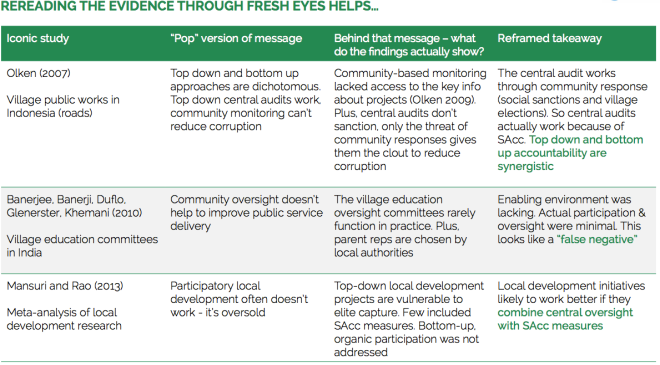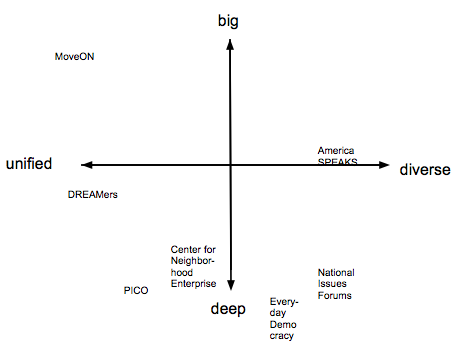For a country suffering from economic devastation and political upheaval, Greece is not accustomed to bursts of optimism. But last weekend provided a showcase of hopeful, practical solutiions at the second annual CommonsFest, held in Heraklion on the island of Crete. The festival brought together a dazzling array of commons and peer production communities: hackers, open knowledge advocates, practitioners of open design, hardware and manufacturing, open health innovators, sustainable farming experts, among many others.
Vasilis Kostakis, a political economist and founder of the P2P Lab in Greece, noted that the “key contribution of CommonsFest has been to bring together so many components of the commons movement and raise awareness amongst them. People had the chance to meet, talk and learn from each other with the aim of creating the seed of a larger movement.” Kostakis said that the crowdfunded festival “illustrates that the philosophy that has emerged from free software and open content communities actually extends to many aspects of our daily lives.”
The event drew hundreds of people to twenty-four talks, nine workshops and an exhibition of many commons-based technologies and projects. Kostakis said that CommonsFest participants are preparing a forthcoming “declaration for the protection and the strengthening of the Commons” that will soon be published in Greek and then translated into other languages. [I will add the declaration to this blog post as an update when it is available. –DB]
CommonsFest also featured an open art space with more than 30 video works licensed under Creative Commons licenses and the screening of a new documentary, “Knowledge as a Common: Communities of Production and Sharing in Greece,”organized by the Cinema Group from the University of Crete. The film’s director, Ilias Marmaras, spoke afterwards. Both events were intended to “highlight the collaboration that we can build working together as peers” and show that “the freedoms provided by the Creative Commons licenses help us share easily and create cultural value.”
Commons projects and activism seem to be really hopping in Greece: just last week a collaborative ebook, Πέρααπότοκράτοςκαιτηναγορά: Ηομότιμηπροοπτική, was published in Greece as a free, downloadable pdf file. The ebook presents a vision for a commons-oriented economy and society. Print copies will be available at the end of May, at a price defined by the reader.







